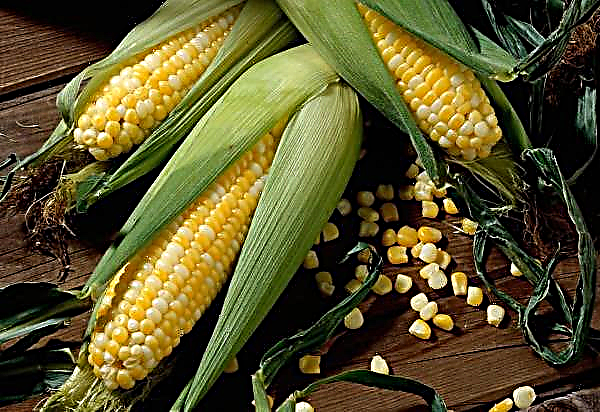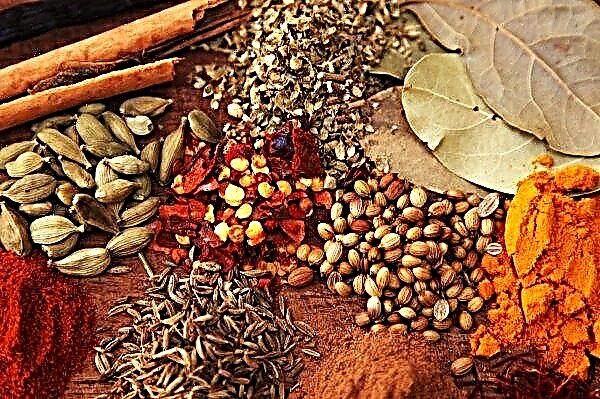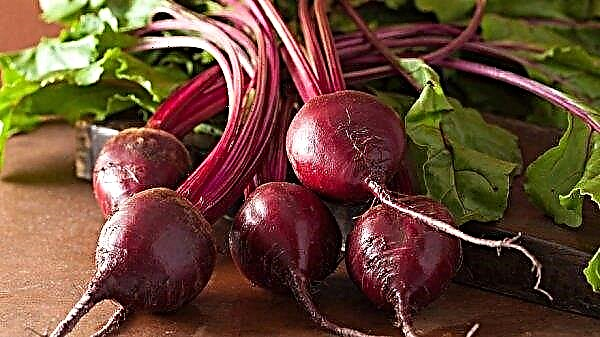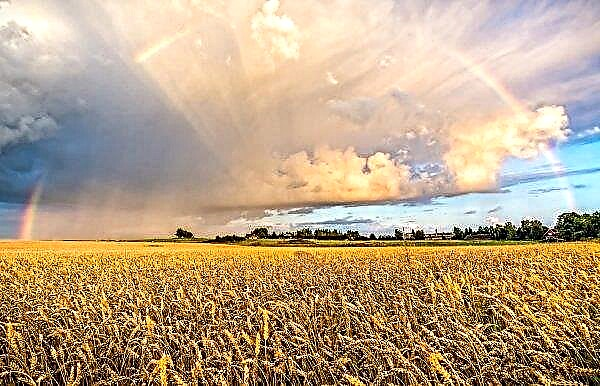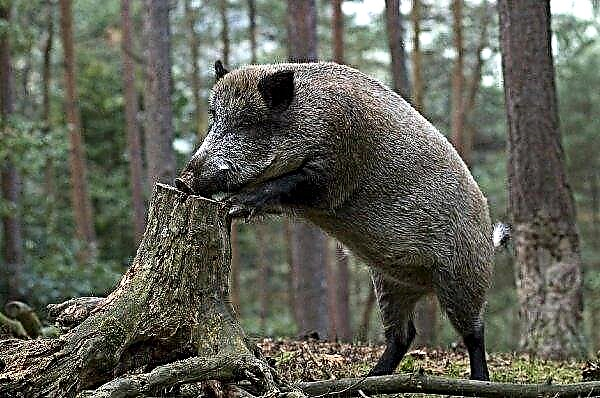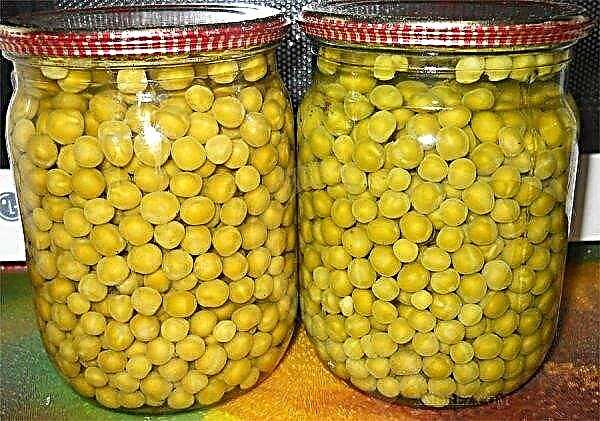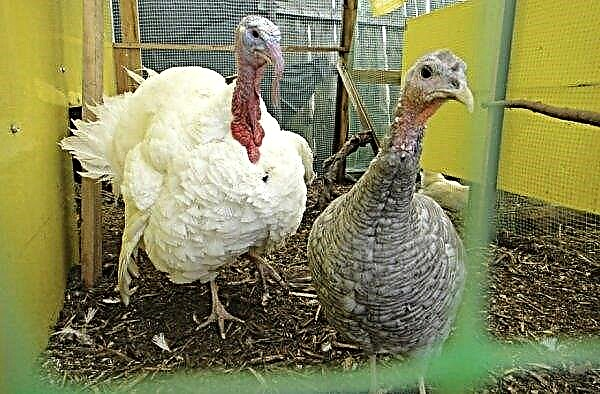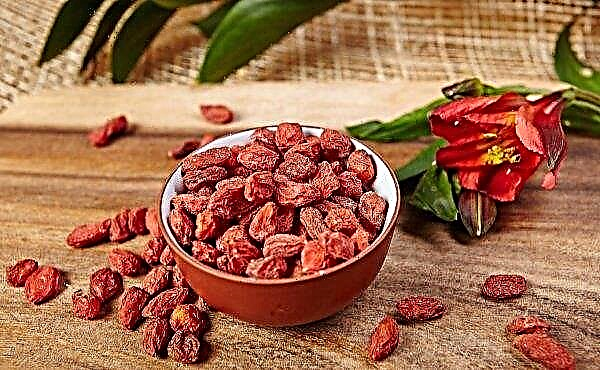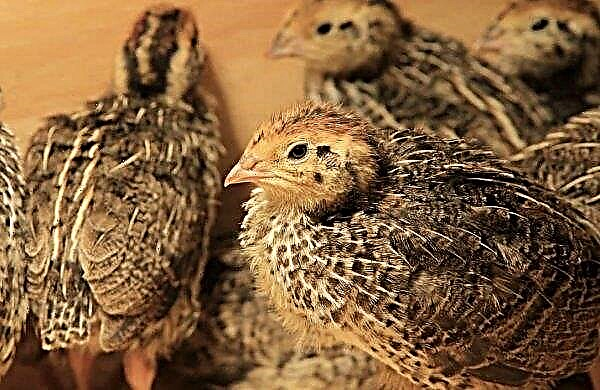Beautiful hydrangea can often be found in gardens, in summer cottages and household plots. She is loved for unpretentiousness and magnificent color. In order for the flower to decorate the space for a long time, grow and develop correctly, it is recommended to fertilize it regularly. How and what to do it right - later in the article.
What hydrangea loves
Hydrangea is an ornamental plant that blooms in beautiful large spherical or paniculate inflorescences. Depending on the species, it can be tree-like, shrubby or lianoid. Flowering in this culture is long - lasting from spring to late autumn. Hydrangea can be called an unpretentious plant. However, she has several preferences regarding growing conditions.
Among them:
- diffused sunlight;
- increased soil moisture;
- loose loamy soils enriched with humus and minerals;
- soil with a slightly acidic or acidic pH;
- balanced top dressing.

Rules and terms for feeding
In order for hydrangea to fully reveal its decorativeness, bloom well and for a long time, it needs micro and macro elements. Since they are scooped from the ground, it must be periodically nourished with nutrients.
As for other plants, the described decorative culture needs three main elements:
- nitrogen;
- phosphorus;
- potassium.
Nitrogen is needed in the spring so that the bush can grow green mass. When introducing this element under a decorative culture, it is important to observe the measure and use nitrogen-containing products only in the first half of the growing season, since an excessive amount of nitrogen additives negatively affects flowering. If nitrogen is introduced from the end of summer to September, this will provoke the formation of new shoots and leaves, which will prevent the plant from entering a dormant state and survive the winter.Did you know? Hydrangea came to Europe from Asia at the beginning of the 14th century. In those days, it was very expensive, and only wealthy people could grow it.

Phosphorus affects the size and number of flowers, as well as the duration of flowering. In addition, it nourishes the root system before winter so that it normally tolerates the cold period. Make this element necessary in the summer and autumn.
Potassium supplementation is important during the budding phase and during flowering. Adding it in the fall positively affects the formation of flower buds in the next growing season, as well as a successful wintering of the flower. Besides the main elements, hydrangeas also need additional ones, for example, magnesium, iron, etc. Therefore, in addition to single-component top dressing, it is also important to use complex mixtures.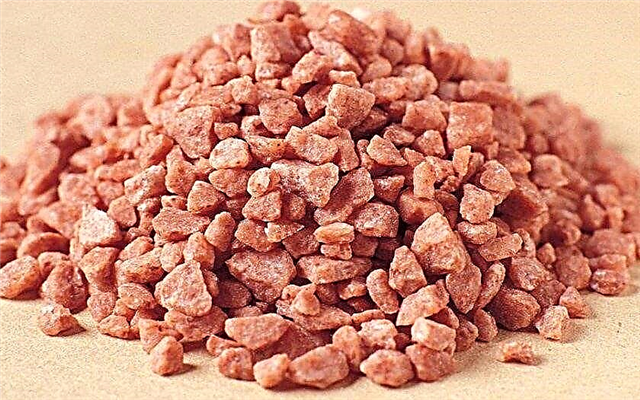
With the help of top dressing, in addition to improving flowering and stable growth, it is possible to achieve such goals:
- Prevent the development of chlorosis, to which hydrangea is prone.
- Make the color of the petals more intense.
- Give the inflorescences a different shade.
- Strengthen the immunity of the bush, increase its resistance to adverse environmental conditions.
What and how to feed hydrangea
It is possible to feed the described decorative culture from spring to autumn. If during planting fertilizers were introduced into the planting pit, then you can think about the following dressings only after 2-3 years. Up to this point, already introduced nutrients will be quite enough for the plant. The composition of the fertilizer will depend on the season and the phase of development of the flower.
In the spring
The first top dressing is planned for early spring, when the snow just melts and green shoots begin to appear. It should be preceded by sanitary pruning.
At this time, nitrogen-containing fertilizers are usually applied, for example:
- urea (10–20 g / 10 l of water / 1 m²);
- ammonium nitrate (15-30 g / 10 l of water / 1 m²);
- an aqueous solution of chicken droppings (1:20);
- Mullein (1:10);
- green fertilizer (nettle infusion).

Small amounts of potassium (for example, potassium sulfate: 10–20 g / 10 l / 1 m², potassium sulfate) and phosphorus (superphosphate: 10–20 g / 10 l / 1 m²) are also welcome.
For active growth
As a rule, gardeners, to simplify the process and reduce time, resort to the use of complex mineral fertilizers.
Important! When applying fertilizers such as "Bona Forte", "Buys fertilizers" the color of the petals of pink hydrangeas can change to blue.
For hydrangea fit:
- “Fertika Kristalon for hydrangeas and azaleas”;
- "Agricola for hydrangeas";
- "Bona Forte."

For hydrangeas, fertilizers with prolonged action have also been developed, the application of which must be carried out only 1 time per season.
Among these distinguish:
- "Hydrangea and Rhododendrons";
- ASB Greenworld "Long-term fertilizer for rhododendrons, azaleas and hydrangeas."

In spring, only root dressing is usually carried out. Fertilizers in liquid form are poured into the soil, in dry form they are scattered over the soil surface.
When applying fertilizers, several rules must be observed:
- Place plant recharge exclusively in moist soil.
- Stuff or pour in the pre-dug groove around the entire circumference of the trunk circle at a distance of 20–25 cm from the trunk.
- After - sprinkle fertilizer with a small layer of humus, compost or acid peat.
- For better assimilation of mineral substances, combine dressing with the introduction of humates (potassium humate).
Important! Fertilizers placed in dry soil can cause burns to the root system and death of the flower.
Before flowering
The first early spring feeding is optional. If it was not possible to produce it, then there is nothing terrible in this. But immediately before flowering, hydrangea should be fed. If there was no starting application, then the amount of nitrogen should be slightly increased.
During this period, it is necessary to use potassium sulfate or potassium sulfate, superphosphate. Can apply nitroammophosco (20-30 g / 10 l), diammofosku (20 g / 10 l), or ready-made complex fertilizer (according to the instructions).
In summer
Summer top dressing is optional. Each owner of the site independently decides whether to make them or not. If there is a need for an extension of flowering, then you can resort to the procedure. You should also feed the plant, if necessary, for example, its growth and development has worsened, health problems are observed, etc.
During flowering
During the period of active blooming of inflorescences, potassium-phosphorus mixtures can be added. It is possible to use ready-made fertilizers, for example, “Kemira Flower” (1 tbsp. L / 10 l). Also during this period it is advised to acidify the soil.
To do this, apply:
- electrolyte solution (10 ml / 10 l of water);
- an aqueous solution of apple cider vinegar (100 ml / 10 l of water);
- citric acid (20–40 g / 10 l of water).

If desired, iron chelate or vitriol (20-30 g / 10 l) can be mixed with these products. In June - July, it is also possible to apply fertilizers by the foliar method, i.e. on the leaves. In total, no more than one feeding per month is allowed. Since August, nitrogen should be removed from fertilizers.
Fall
In the autumn, hydrangea is fed for the last time in a season. At this time, the ideal fertilizer for the plant is a mixture of superphosphate with potassium sulfate (1 tbsp. Per 10 liters of water). Fluid flow rate - 7 l / 1 bush. In no case should you add nitrogen at this time. In autumn, cover the near-stem circle with organic matter - peat, sawdust, needles. After the decomposition of the mulch, nutrients and heat warming the roots will be released.
For lush flowering
Abundant flowering can be triggered by applying a mixture of nitrophoska (1 tbsp. L.) With the finished fertilizer "Agricola" (1 tbsp. L.) Dissolved in 10 l of water. It is also good to use industrial compounds, for example, preparations manufactured by Greenworld (Germany).
Did you know? Hydrangea got its name from two Greek words, which translate as water and a vessel. According to one version, it was given to her because of the external similarity of the seed boxes with jugs, according to another - because of the moisture loving nature of the plant.
When landing
Successful growth and flowering of hydrangeas, in the first place, depend on the correct planting of the plant: successful selection and preparation of the site, compliance with the timing and technology of planting in the ground. To fill the planting pit, it is necessary to mix sheet soil, peat and sand. It is this composition that will have the required acidity.
The following nutrient compounds must be added to the soil:
- superphosphate (100 g);
- potassium sulfate (20 g);
- ammonium sulfate (20 g).

To bloom faster
You can approximate flowering if you look after the hydrangea with quality. Do not forget that she needs frequent and plentiful watering. It is also important to care for the soil - to loosen, weed, cover with mulch. If you conduct these activities in a timely manner and Do not forget about applying alternately mineral and organic fertilizers in the right dosage, early, plentiful and long flowering can be achieved. In order not to miss any care procedure, it is advisable to draw up a schedule at the beginning of the growing season, where, including, register all types and dates of feeding.
To change the color of inflorescences
Hydrangea is an unusual plant of interest for experiments with inflorescences, since depending on how to water it, you can change the color of the petals.
Here are some ways you can achieve the appearance of flowers in a different color scheme:
- Water until flowering with a solution of alum-potassium alum (30–40 g / 10 l). The consumption of the finished solution is 2-3 l / 1 bush.
- Seal aluminum sulfate (500 g / 1 m²) in the soil.
- Pour with a special tool for changing the color of hydrangeas from Bona Forte.
- Lay a mixture of potassium chloride, potassium sulfate, peat (60 g each) under the bush.

Is it possible to fertilize the plant
In addition to traditional types of fertilizers, many gardeners resort to the use of other fertilizing. For example, knowing about the "love" of hydrangea for acidic soil, it is watered with kefir, sour milk, yogurt, whey. Yeast dressings are also used, for example, an infusion of 10 g of dry yeast, 3-5 parts of sugar diluted in 10 l of water. Another option of "folk" fertilizer - watering live beer. However, it is important to understand that such top dressing is used only as an additional feed and they cannot fully replace mineral mixtures.
Manure
Manure is recommended to be used as a slurry. To prepare the working solution, it is diluted in a proportion of 1:10 and insisted for two days. Also, a mixture of liquid manure (1 l) with fertilizers "Flower", "Agricola-7" (30 g) is used.
Use in the cultivation of this type of organics allows the formation of larger inflorescences. But you shouldn’t be too zealous, as very large caps will make branches heavier, which can cause them to break.
Ash
With an aqueous solution of wood ash, hydrangea can not be fed. Such a tool leads to a decrease in the acidity of the soil. And this badly affects the growth and development of the plant, since it, on the contrary, loves acidic soils. If the earth becomes slightly acidic, then the flower will sharply reduce its decorative effect, it may appear ugly spots on the leaves, small buds. Flowering may be absent altogether.
Potassium permanganate
In order to strengthen the bushes and prevent the development of diseases, hydrangea is watered with a weak (pink) solution of potassium permanganate. The same tool is used for foliar top dressing, spraying the leaves of the plant with it. Such watering and spraying is carried out in the spring. The recommended number of procedures is 3.
Thus, lush and prolonged flowering, proper development and strong immunity in hydrangea can be achieved if it is regularly fed. It is advisable to draw up a feeding plan and select fertilizers that are the most accessible and easy to use.

